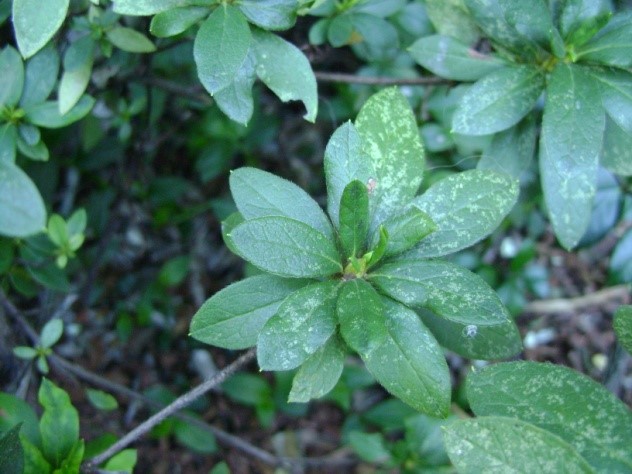OPAL Score:3
The increased popularity of azalea plantings is due to the plant’s drought tolerance and also its promotion by asthma organisations as part of their low allergen garden plantings. Thus like the Yesterday, Today and Tomorrow plant (YTT), the incidence of poisoning is likely to rise as we move towards modifying the environment to reduce allergenic load to people and pets. In Europe, Azalea is now second to Lilies as the most common plant toxicity.
Azalea is a member of the Ericaceae Family or Heath family and whilst some of Heath family not toxic, the Azalea is. The toxin, known previously and overseas as andromedotoxin, is now referred to as grayantoxin and affects sodium channels on cell membranes and directly stimulates the vagal nerve endings in the reticulum and stomach. Clinical signs are mainly gastrointestinal (vomiting,
Clinical signs are mainly gastrointestinal (vomiting, diarrhoea, salivation, anorexia) and cardiovascular (cardiac arrhythmias, hypotension, weakness). Neurological signs (seizures, CNS depression, and coma) can also occur. Physical symptoms can present in minutes but can take several hours to show. After an initial period of stimulation, respiratory depression and hypotension with some depression of the central nervous system then occurs. Therapy is supportive in nature.
Respiratory failure and death may rarely occur.
An unusual finding in a case reported in CVE’s Control and Therapy “was an elevated lipase on blood screen. Elevated lipase may be a co-marker we should be noting.
